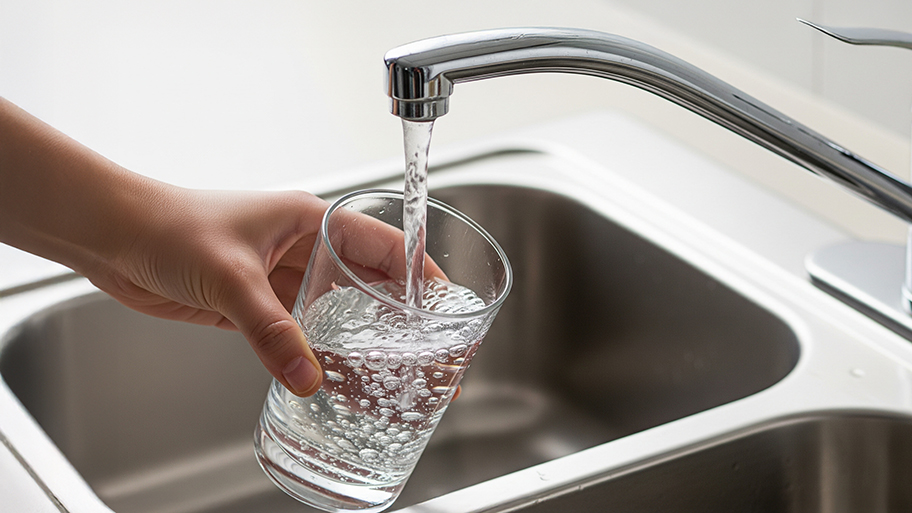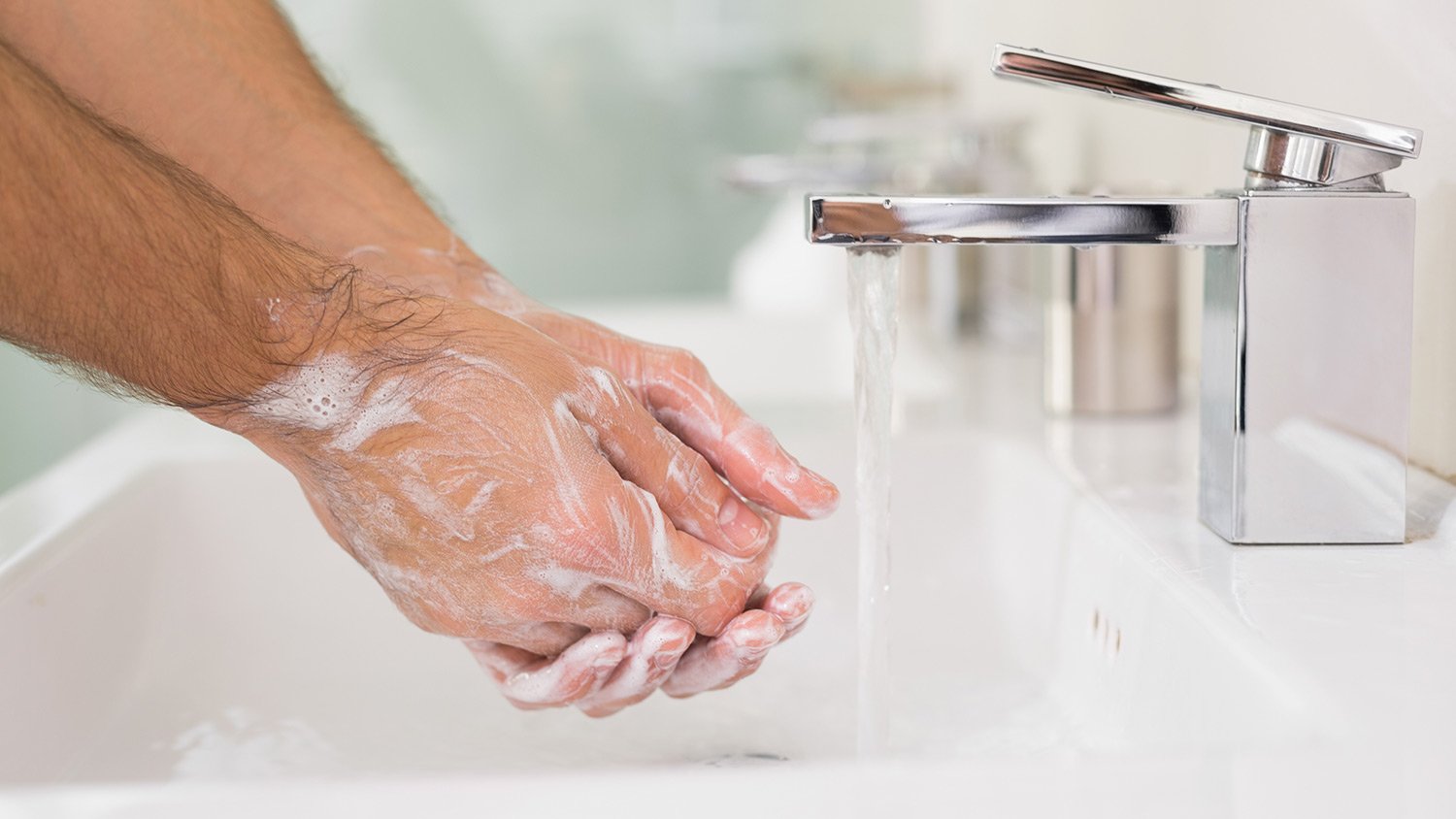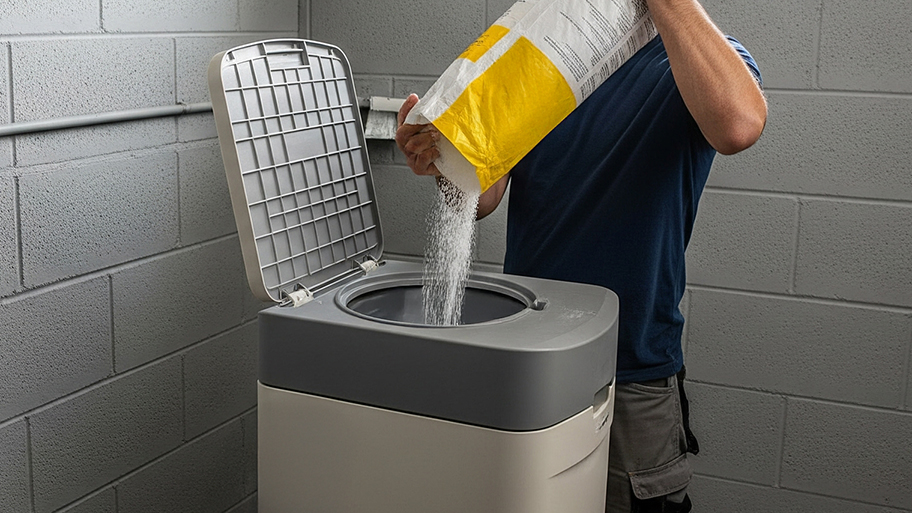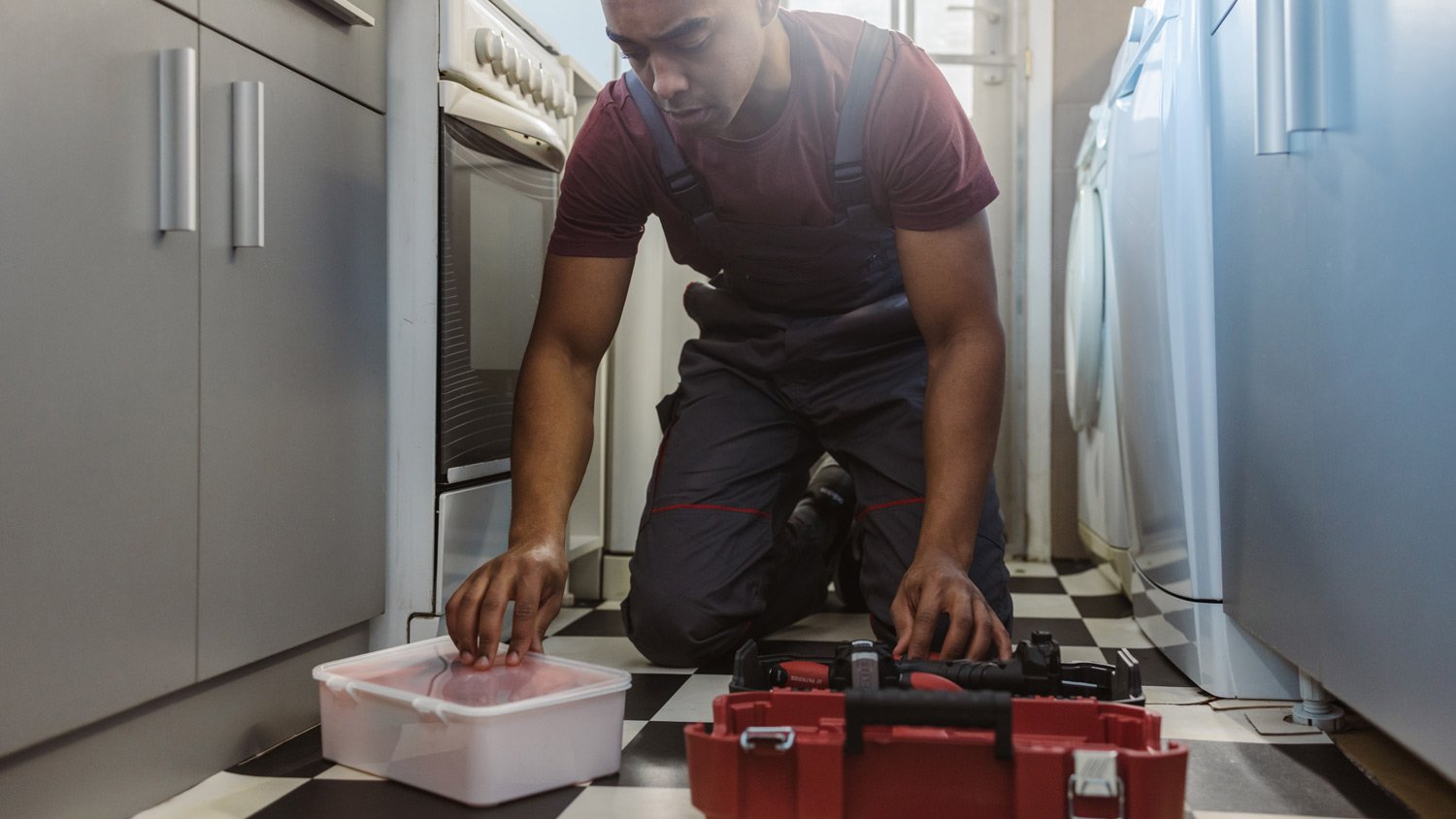
On average, a reverse osmosis water filter costs around $2,200, but there are a few variables that impact the total price. Learn about them in this guide.
When your water softener seems to be malfunctioning, there are a few steps you can take to zero in on the issue


Clogs are one of the most common water softener problems that require cleaning.
Maintaining your water softener is key to avoiding problems.
Improper salt levels can cause the system to malfunction.
A power outage can reset the regeneration process and throw it off kilter.
Water softener repairs cost around $550 on average.
Water softener problems can make you salty (literally), leaving spots on your glasses and residue in your shower. These are signs that there’s something wrong with your water softener that’s allowing that pesky hard water into your pipes. Repairs and replacements can be costly, but there are a few things you can do on your own to troubleshoot and possibly resolve the problem.
Here’s a look at common water softener problems and what you can do to fix them.
Salt problems can throw a huge wrench into your water softener’s operations. A salt bridge (a type of salt clog) and the salt level are the most common problems that need addressing.
Maintaining a proper level of salt is essential for the functioning of your water softener. Sometimes, especially if you use extra coarse salt crystals, the salt can build up and form clogs, or what’s called a salt bridge. A salt bridge forms when salt fuses together and forms a crust at the top of the salt tank. These clogs can happen when you use lower-quality water softener salts with more impurities or if the area around your water softener is humid.
There’s an easy DIY fix to removing the salt bridge:
Use a rubber mallet to tap along the sides of the brine tank, working your way from the bottom up
If you start to hear a hollow sound, hit the tank more forcefully and the bridge should collapse
Refill your salt tank, and in two to three days, you should have soft water again
Water softeners are finicky, and if you don’t maintain the proper salt levels, they can malfunction. The salt level in your softener should be 2 to 3 inches above the water level. If you use too much salt, it can cause clogs. Too little, and your water softener won’t actually do much softening.
You also need to ensure that you’re using the proper type of salt for your unit. If you suspect the salt level is the problem, this is a simple fix you can do yourself by adjusting the amount of salt in the tank.
Most water softeners are electric and run on a timer that regulates their regeneration schedules. The time on your water softener should always read the current time of day, not the regeneration time.
If you’ve had a recent power outage in your home, it’s very possible that the clock on your water softener was affected. When the timer on your water softener is incorrect, the device might cycle while you’re using water (which it’s not supposed to do). While the softener is cycling, water doesn’t pass through it, so it allows hard water into your pipes.
There’s an easy fix to this water softener problem: Simply reset the timer on your water softener. If you’re not sure where the timer is located on your device, you can refer to the manual for instructions.
Water softeners work using a regeneration cycle. The regeneration program on your water softener should be set to run during the middle of the night or at another time when no one is going to be running water. Since hard water will get through if you’re running water while the softener is regenerating, the timer settings are crucial.
Check to make sure that your cycles are running at the appropriate times. Just how often a water softener regenerates depends on the system, water softener size, water hardness, and water usage. Most systems recharge anywhere from multiple times a day to just once every two weeks.

Your water softener keeps track of the time of day, and this lets the softener know when it’s time to regenerate. If you lose power, blow a fuse, or the water softener gets unplugged, the softener doesn’t know when to regenerate and will not do so on its own.
Check your fuse box to be sure everything is in working order. If you haven’t blown a fuse, the softener is plugged in, and the rest of your home has power, there may be an issue with the specific outlet.
There are electrical outlet testers you can purchase for between $6 and $20 that you can use to test whether or not an outlet is functioning properly. An even easier test is to simply plug something else into that outlet, such as a lamp, to see if that turns on.
Your water softener is filled with thousands of resin beads that make up the resin bed. When hard water enters the softener, the hard minerals bind to the resin beads and are removed from the water that ultimately enters your faucets.
Over time, the resin bed in your water softener can get depleted, which leaves fewer beads to catch the hard particles entering the tank. The regeneration process is designed to replenish the resin bed, but after several years of use, the bed will eventually wear out.
Unfortunately, the only fix for resin bed depletion is a new water softener.
Bypass valve problems aren’t limited to hearts: There’s a function on your water softener that’s often referred to as bypass mode. Water softeners have a bypass valve, usually located on the top of the tank. If your water softener is in bypass mode, water will not flow through the media tank of the softener, so it will not be softened.
Some water softeners have the option to turn the bypass valve off. Consult your manual to locate your bypass valve and make sure it’s functioning correctly.
With anything that has a motor, if your water softener’s motor is on the fritz, then you'll notice the system has a hard time regenerating. The motor of a water softener works to rotate the control valve that tells the system it's time to start the water softener regeneration cycle. Without this automatic rotation, your system can’t discharge mineral backwash and won’t operate effectively.
To fix this problem, you’ll need to replace the faulty motor. It’s best to work with a licensed plumber to repair your water softener when the motor is at fault. It’s also a good idea to check your warranty to see if you’re eligible for a replacement free of charge.
If you’ve gone through all of the fixes listed above and still haven’t found the problem, your water softener itself may be the problem. The cost to repair a water softener is between $150 and $975 or $550 on average. Your water softener repair manual should have some troubleshooting tips that you can perform yourself, but if you still can’t find the problem, you may want to call in a local water treatment professional.
If your water softener is 10 years or older and continues to experience problems, your pro might recommend you replace the water softener entirely. Most water softeners last around 15 years, but your exact system’s life span can range anywhere from 10 and 25 years depending on the water hardness, how well it’s maintained, and your water usage. A new water softener costs between $200 and $6,000, with most systems falling around the $1,500 mark.
From average costs to expert advice, get all the answers you need to get your job done.

On average, a reverse osmosis water filter costs around $2,200, but there are a few variables that impact the total price. Learn about them in this guide.

Wondering about water treatment system costs? Learn average prices, key cost factors, and ways to save on installation and maintenance for your home.

How much a water softener costs depends on your home’s size, and the system’s type and capacity. Our expert guide explores all the price factors.

Learn who installs water softeners, including plumbers, technicians, and even DIY-ers, and find the right expert to solve your hard water issues for good.

Water softeners remove minerals from hard water in your home and make your water more pleasant to use. Learn more about how they work here.

Who repairs water softeners? You should be able to hire water softener repair and installation companies or plumbers to fix issues with these appliances.